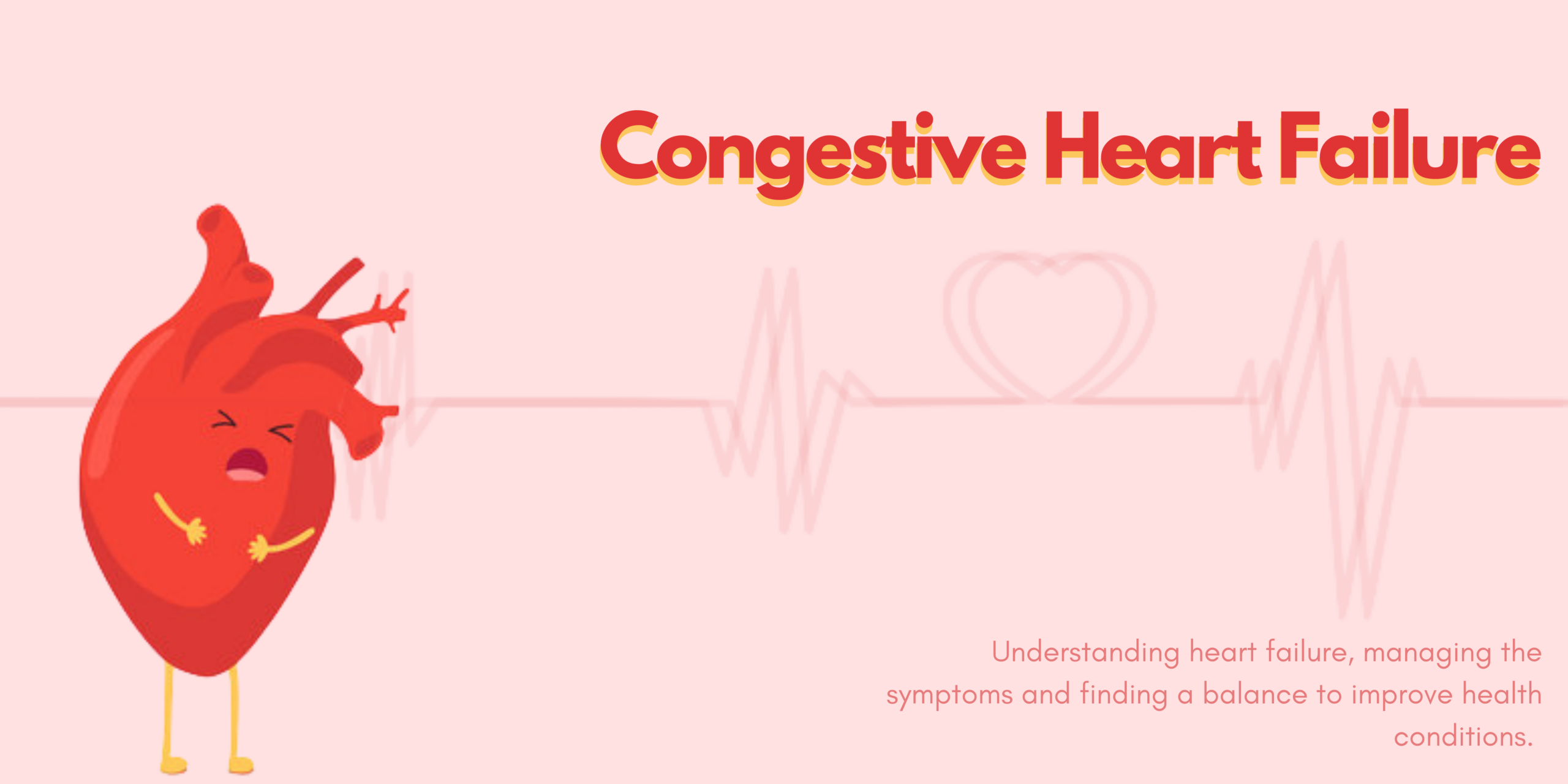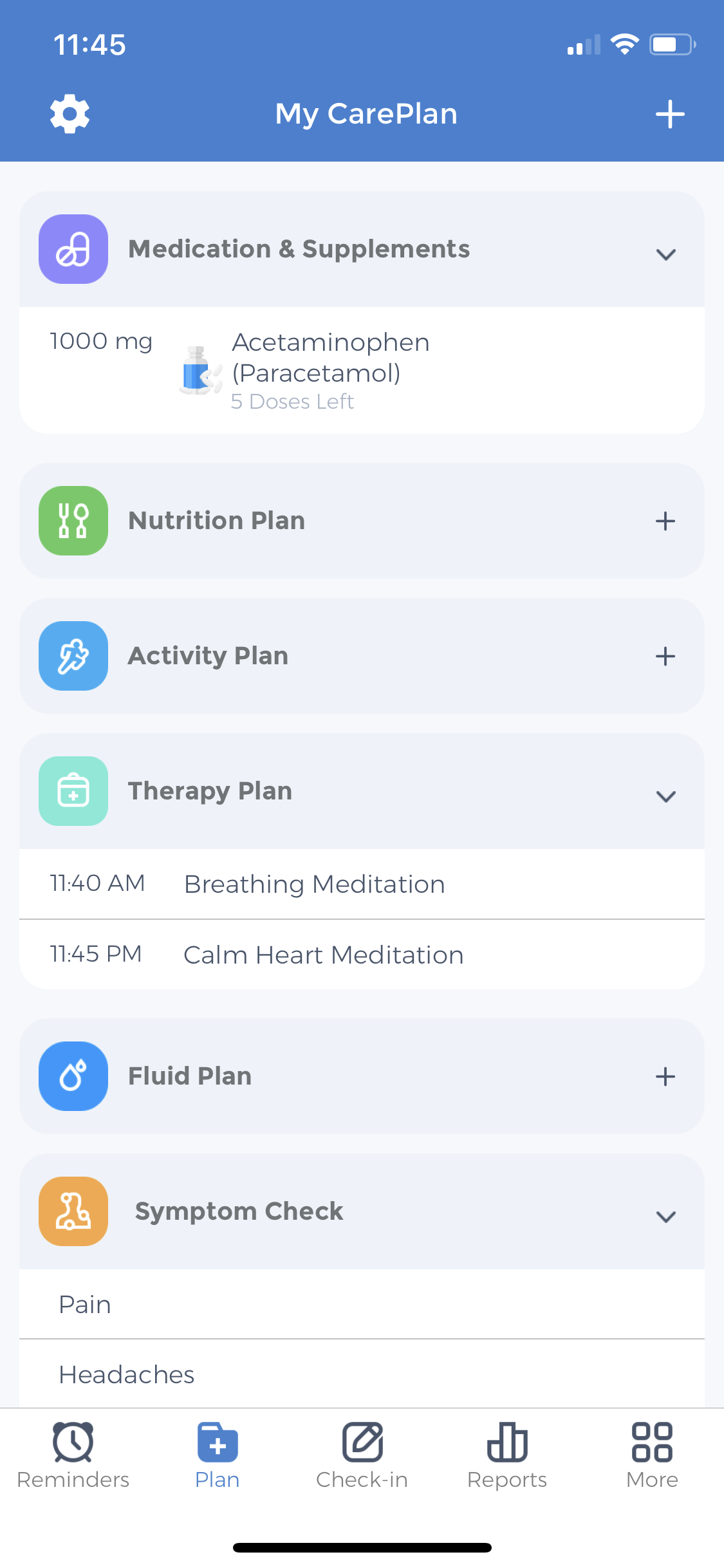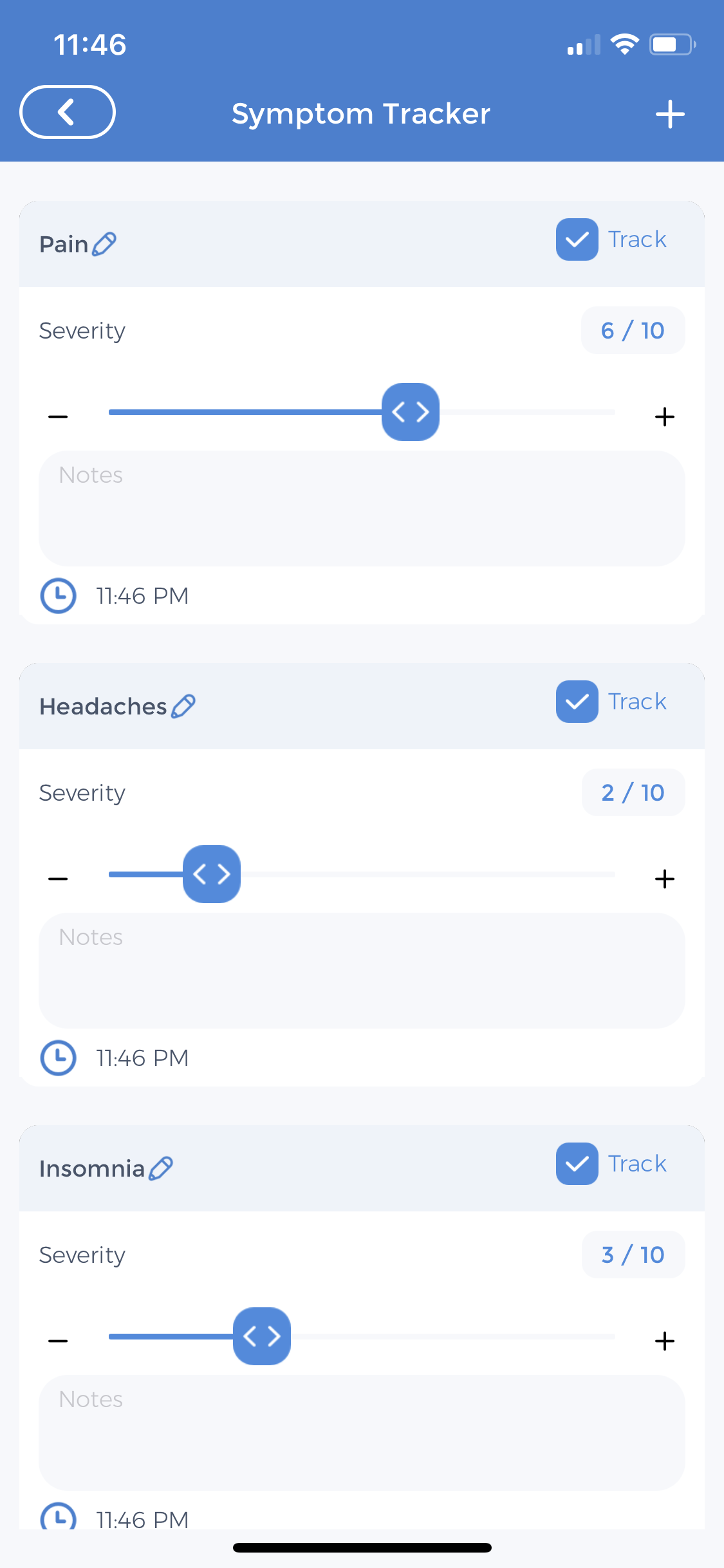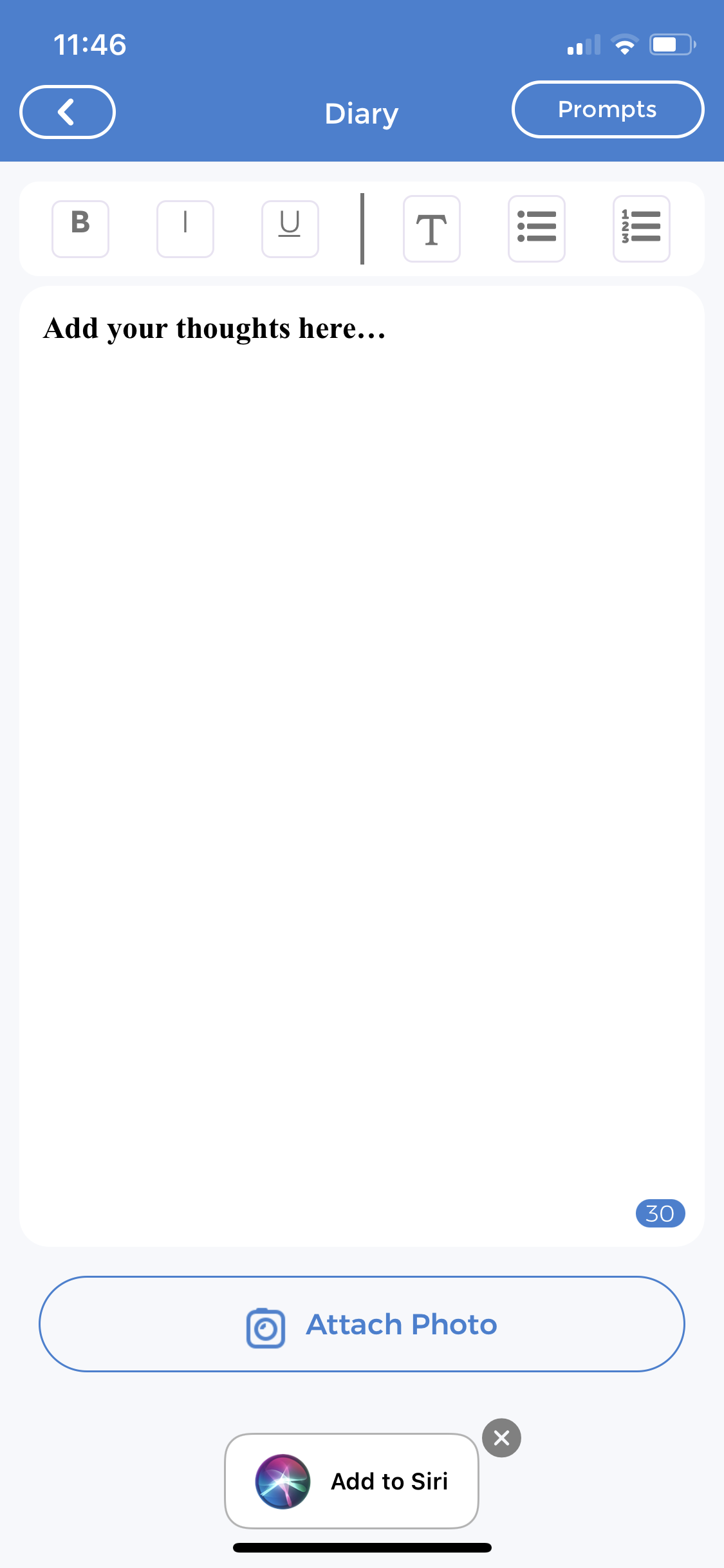
Hearing the term “heart failure” or “congestive heart failure” can be scary but it doesn’t mean that the heart has completely lost all its function. If you have previously experienced heart failure or are a cardiac patient, taking care of yourself and maintaining healthy lifestyle changes will improve your health and quality of life. It’s critical to understand heart failure, how to find a balance, and when to seek treatment to avoid life-threatening conditions.
What is Congestive Heart Failure (CHF)?
Congestive heart failure is another word for heart failure. Heart failure is a severe disease in which the heart fails to pump blood as efficiently as it once used to. Heart failure, despite its name, does not imply that the heart has failed or is going to cease working. It just means the heart is working at low efficiency. Rather, it indicates that the heart muscle has grown less capable of contracting with time or that it has a mechanical issue that prevents it from filling with blood. The risk of heart failure becomes more likely as a person ages.
What Causes Life-Threatening Heart Failure?
Other underlying medical disorders or conditions that damage or overwork your heart are frequently the cause of long-term heart failure. A cardiac injury or infection, a heart attack, or a blood clot in your lung can all lead to sudden or acute heart failure.
Your body’s oxygen-depleted blood delivers to the right side of your heart. It transports blood to your lungs, where it picks up oxygen. The left half of your heart is in charge of pumping oxygen-rich blood throughout your body. Hence, congestive heart failure can occur due to a malfunction on either side.
Left-Sided Heart Failure
The left ventricle is inefficient at pumping blood. This causes pressure to build up behind the left side of the heart, eventually causing the right side to collapse. When the left side of the heart fails, as a result of the increased pressure in the lung veins, fluid leaks into the lung tissues. The term congestive heart failure is coined as a result of increased pressure. The main cause of heart failure with low ejection fraction is chronic diseases that damage or weaken the heart muscle. Medical conditions such as coronary heart disease or a heart attack can deprive your heart muscle of oxygen, raising the risk of heart failure.
Right-Sided Heart Failure
Left-sided heart failure is the most prevalent cause of right-sided heart failure. However, other disorders, such as certain lung ailments, might cause the right ventricle to fail even if the left ventricle is healthy.
When the left side of the heart fails, blood backs up behind the left ventricle. It then leads into the left atrium, into the lungs, and finally into the right ventricle, which fails as well. Blood can then back up further into the extremities, liver, and other organs as a result of this.
Coronary Artery Disease
Coronary artery disease is a result of narrowed or obstructed arteries. Blood runs through blood arteries like water (low viscosity) through a hose in normal circumstances. Major blood vessels that feed the heart with blood, oxygen, and nutrients become damaged or sick in coronary artery disease. The vessels become narrowed, stiff, or obstructed as a result of the injury. Left-sided heart failure can transition to right-sided heart failure as a result of coronary artery disease. By cutting off blood flow to the right ventricle, it can also simply cause right-sided heart failure without affecting the left side.
What is the Ejection Fraction?
The major pumping chamber of the heart is the left ventricle. With each heartbeat, your left ventricle (or right ventricle) pumps blood efficiently. The amount of blood pumped out of the left ventricle each time it contracts is called the ejection fraction (EF).
Why is it Important?
If you have a cardiac condition, knowing your EF is crucial for you and your doctor. Your EF can assist your doctor in determining the optimal treatment plan for you. Measuring your EF also aids your healthcare team in determining how effective the treatment is. Ejection Fraction of 40% to 54% is slightly below normal. In this range, a lower-than-normal amount of oxygen-rich blood is available to the rest of the body. The range of concern lies under the 35% mark. If your EF lies under 35%, it increases the risk of life-threatening heartbeats. The heart is in cardiac desynchronization where the right and left ventricles do not pump in unison.
Symptoms of Congestive Heart Failure
Symptoms of heart failure can range from mild to severe and may come and go. Heart failure worsens over time for most people. More or different signs or symptoms may appear as it worsens. It is crucial to track and share these symptoms with your physician to avoid acute heart failure.
- Trouble breathing
- Fatigue
- Orthopnea
- Leg weakness
- Swelling throughout your body
- Weight gain
- Discolouration around lip area or fingers
- Frequent urination
- Palpitations
- Coughing
- Loss of appetite
- Nausea
- Difficulty concentrating
- Dizziness
How is Congestive Heart Failure Diagnosed?
There is no single test that can be used to detect heart failure. Physicians will take into account medical history, family history, a physical exam, and the results of numerous tests when making his or her decision. Some tests that help make these decisions are the following:
- Echocardiogram: This is an ultrasound test that shows how well your heart muscle and valves are operating. The sound waves create moving images of your heart, allowing your doctor to assess its size and structure.
- Exercise Stress Test: This test is generally used to assist your doctor in determining whether or not your heart receives adequate oxygen and proper blood flow while it is working the hardest (exercising). This type of test is typically done on a treadmill with the assistance of an electrocardiogram.
- Chest X-Ray: Also known as a radiograph. Radiation is concentrated in X-rays. These radiation beams produce images of your inside organs. X-ray images resemble black-and-white negative photographs.
- Electrocardiogram: The electrical activity of the heart is measured during this test, which determines how well your heart is working. An electrical impulse runs through your heart with each heartbeat. The muscle contracts and pumps blood from the heart as a result of this wave. The electrical activity that flows through the heart is measured and recorded by an ECG. A doctor can tell you whether your electrical activity is normal or abnormal.
- BNP Blood Test: Your heart produces two proteins when you’re in heart failure. B-type natriuretic peptide (BNP) and N-terminal-pro-BNP (NT-pro-BNP) are the two names for these proteins. When your heart failure worsens, the levels of both increase, and when it improves, the levels decrease. The BNP blood test measures the two amounts of these proteins.
Treatments for Congestive Heart Failure
Heart failure has no known remedy. The goal of treatment is to alleviate symptoms while also slowing the progression of the disease to avoid life-threatening conditions. The stage and type of heart failure determine the treatment plan, as well as the patient’s underlying diseases. Although the treatments vary in terms of medications, lifestyle changes are crucial to prevent heart failure. Due to fluid retention, patients may be advised to avoid salt. Caffeine consumption may also be reduced due to irregular heartbeats. Lastly, a physician will tell you how much and what kind of liquids to drink, as fluid consumption may need to be restricted at times.
Prescribed Medications
- Beta-blockers: The heart beats more slowly and with less effort as a result, lowering blood pressure. Beta-blockers also help to enhance blood flow by widening veins and arteries.
- Tranquillizers: reduce anxiety.
- Diuretics: Known as “water pills,” aid in the removal of excess water and salt from the kidneys. Your heart will have an easier time pumping as a result of this.
- Vasodilators: They have an effect on the muscles that line the insides of arteries and veins, preventing them from tightening and narrowing. Blood flows more freely through the vessels as a result. Blood pressure reduces since the heart does not have to work as hard.
- Aldosterone Inhibitors: They prevent salt from being reabsorbed which causes water loss. As a result, blood pressure drops and the amount of fluid around the heart decreases.
- Digitalis glycosides: An organic substance that operates on the cellular sodium-potassium pump to raise the output force of the heart and the rate at which it contracts.
Invasive Procedures
- Ventricular Assist Device: This mechanical device, also known as a heat pump, assists in the circulation of blood from the heart to the rest of the body. A ventricular assist device is a tool that could be implanted in the chest or worn on the outside of the body. If it is implanted, it is placed in the chest area through surgery.
- Biventricular Pacemaker: This is a battery-powered device that is lightweight and compact. This device assists with the proper pumping of the heart. It also shields you from potentially fatal heart rhythms. The pacemaker device ensures that the heart does not beat too slow. It uses resynchronization pacing to try to restore the heart’s normal beating pattern. This results in more effective and powerful cardiac contractions.
- Implantable cardioverter-defibrillator: This device also keeps a record of your heartbeat, detects irregular cardiac rhythms, and adjusts accordingly to get your heartbeat back on track.
- Artificial Heart: In rare conditions, an artificial heart is implanted. This pump is surgically placed to generate circulation and replace damaged or diseased heart ventricles. The heart’s ventricles are responsible for regulating oxygen from the heart to the lungs and other regions of the body. Devices outside the body regulate implanted pumps, which facilitate blood circulation to and from the heart.
Managing Heart Failure with Lifestyle Changes
Since heart failure has no known remedy and the goal of treatment is to alleviate symptoms while avoiding life-threatening conditions, it is important to make particular lifestyle changes. Proper maintenance is a part of this. Taking medications, staying active, adopting a low-sodium diet, and keeping track of your symptoms and health are all examples of a necessary routine.
Monitor Your Health with Digital Solutions
Some people value having a strict routine, while others prefer their days to be more spontaneous and unstructured. Following a routine, on the other hand, can be quite beneficial to your health and wellness during times of stress. Especially when it comes to a cardiac condition. Keeping a schedule and structure might help you feel more organized and in command. It can also be beneficial to a person’s mental health when times are rapidly altering. Lack of structure and daily routines might worsen feelings of stress and cause you to focus more on the source of the issues you’re dealing with.
Your personal health record is an avenue to keep note of any concerns you may have. It might be a platform where you keep a record of your symptoms or a to-do list for your health. CareClinic is a health app that is constantly being refined by a group of experts in response to customer feedback.
Developing A Care Plan
 CareClinic is built around the concept of “Care Plans.” Care plans are individualized routes that outline your strategy for dealing with specific health conditions. This includes journal entries, notes, prescription drugs, nutrition, therapy notes, sessions, and perhaps even exercise. After you’ve made your initial care plan, publish Check-In posts. Check-ins let you keep track of your progress. Manage a specific treatment, such as heart disease, along with your individualized care plans. You can also track health goals like getting enough sleep and meditation on a constant schedule.
CareClinic is built around the concept of “Care Plans.” Care plans are individualized routes that outline your strategy for dealing with specific health conditions. This includes journal entries, notes, prescription drugs, nutrition, therapy notes, sessions, and perhaps even exercise. After you’ve made your initial care plan, publish Check-In posts. Check-ins let you keep track of your progress. Manage a specific treatment, such as heart disease, along with your individualized care plans. You can also track health goals like getting enough sleep and meditation on a constant schedule.
Once you save your check-in, your check-in will display in the reports tab. This is where you can view your check-in post and several other submissions generated over time. This makes it easy to detect trends in your symptoms and daily health habits. Charts for medical adherence and vitals are some other essential things to keep an eye on. It’s also ideal to look over your personal measurements, emotions, and symptoms.
Most significantly, the application is integrated with Apple Health and Google Fit. CareClinic can be accessed via the web, iOS app store, or Android play store. It serves as a one-stop-shop for all of your healthcare needs. Whether offline or online, CareClinic is available 24/7.
Monitor your Symptoms
 CareClinic allows you to easily manage your symptoms and choose between a list of medical symptoms and break them down in a blog format. In the symptoms sections of a check-in, list them as often as appropriate. Additionally, depending on your symptom log, you enable your healthcare provider in making more educated judgments about your diagnosis and treatment. Additionally, you can keep track of your daily values like sleep, energy, weight, and more, or create a unique field to track what’s essential to you.
CareClinic allows you to easily manage your symptoms and choose between a list of medical symptoms and break them down in a blog format. In the symptoms sections of a check-in, list them as often as appropriate. Additionally, depending on your symptom log, you enable your healthcare provider in making more educated judgments about your diagnosis and treatment. Additionally, you can keep track of your daily values like sleep, energy, weight, and more, or create a unique field to track what’s essential to you.
Because heart failure is a long-term illness, it is essential to keep a track of your symptoms to catch any outlying effect. Tracking your symptoms keeps an eye out for signals indicating that your heart failure is progressing, such as new or worsening symptoms. Moreover, fluid buildup in your body can manifest as weight gain, ankle swelling, or increased shortness of breath. These are early indications of hair failure. Charts or log formats are implemented to view your symptoms. The correlations report makes it simple to determine if your symptoms are triggered by a certain diet, allergies, or perhaps another health issue that may be previously been recorded.
Keeping a Positive Attitude
Living with heart failure may cause fear, anxiety, depression, and stress. Although it is understandable to feel overwhelmed to adapt to new changes in your body, you are responsible for your health and wellbeing. Maintaining a daily routine is particularly valuable to one’s mental health. With the integration of a journaling component, it has been shown to be useful for those who are dealing with mental health concerns or struggling with managing chronic illness.
Developing a habit can be difficult at first since you must develop the discipline to sit down and log. However, once you get started, this regimen proves to be highly effective, and won’t be as demanding. This may also help to unleash your creativity and allow you to wander beyond your usual schedule. Making the time and adopting this discipline will aid in your re-discovery. To truly empower your life, beginning with journaling can be extremely beneficial. Furthermore, journaling for mental health purposes will assist you in overcoming any mental barriers you may be encountering.
CareClinic lists a range of journal prompts which you can use on a routine basis, according to your particular needs. This allows you to express a variety of emotions. You also might prefer setting a journaling prompt for each day if you want. This might support you in analyzing all of your emotions on a regular basis in a constructive manner.
Heart failure affects an estimated 64.3 million individuals globally. The best approach to avoid congestive heart failure is to avoid the conditions that cause it or to manage them carefully if they do emerge. The CareClinic interface is user-friendly and a one-stop-shop for all your healthcare needs. Remember that no matter what your condition is, consistency and discipline are essential for improving your health. So what are you waiting for? Download the app and get started!



